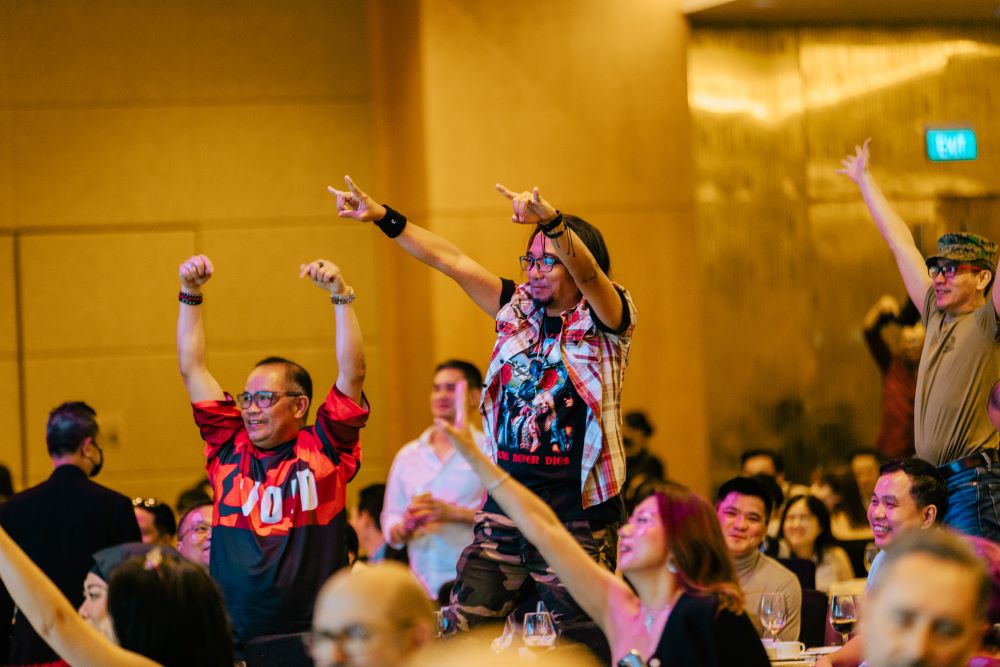Capturing Memories: Photography and Videography Tips for Your Dance Event
Dance events are vibrant celebrations of movement, music, and artistry. Capturing these moments through photography and videography ensures the memories last a lifetime. Whether you’re a professional or an amateur, these tips will help you document your dance event with flair and precision.
1. Understand the Venue and Lighting
Before the event, visit the venue to assess the lighting conditions. Dance events often have dynamic lighting, which can be challenging to capture. Use a camera with good low-light performance and fast lenses (e.g., f/1.8 or f/2.8) to handle the varying lighting conditions. Consider bringing additional lighting equipment if necessary.
2. Capture the Atmosphere
Dance events are not just about the performances; they’re about the energy and emotions of the crowd. Take wide shots of the entire venue to capture the ambiance. Include shots of the audience, decorations, and any special effects to provide context and tell a complete story.
3. Focus on the Dancers
The dancers are the stars of the show. Use a fast shutter speed (1/250s or faster) to freeze their movements and capture sharp images. For videography, use a higher frame rate (60fps or more) to allow for smooth slow-motion playback. Get close-ups of facial expressions and details of the costumes to highlight their artistry.
4. Use Multiple Angles
Varying your shooting angles adds depth and interest to your footage. For photography, shoot from low angles to make dancers appear larger-than-life or from high angles to capture formations and patterns. For videography, consider using multiple cameras to capture different perspectives simultaneously, which you can later edit together for a dynamic video.
5. Anticipate Key Moments
Familiarize yourself with the dance routines and anticipate key moments, such as jumps, spins, and dramatic pauses. Position yourself strategically to capture these highlights. For videography, plan your shots to ensure you don’t miss these critical moments, and practice smooth panning to follow the dancers’ movements.
6. Emphasize Composition
Good composition is essential in both photography and videography. Use the rule of thirds to place your subjects off-center, creating a more balanced and engaging image. Incorporate leading lines, such as the stage edges or spotlight beams, to draw the viewer’s eye towards the dancers.
7. Utilize Editing Tools
Post-production is crucial for enhancing your photos and videos. Use editing software to adjust exposure, contrast, and color balance. For videography, edit clips together to create a cohesive narrative, add background music, and apply transitions for a polished final product. Remember to keep the editing style consistent to maintain the event’s atmosphere.
8.Engage with the Audience
Capturing candid moments of the audience adds authenticity and emotion to your documentation. Photograph or film the reactions, applause, and interactions during and after the performances. These shots provide a fuller picture of the event’s impact and energy.
9.Protect Your Gear
Dance events can be crowded and chaotic. Ensure your equipment is safe by using sturdy camera straps, protective cases, and weather-resistant gear if necessary. Keep backup batteries and memory cards handy to avoid missing any crucial moments due to technical issues.
10.Practice and Prepare
Finally, practice your skills before the event. Familiarize yourself with your equipment and settings, and consider attending rehearsals to test your approach. The more prepared you are, the more confidently you can capture the event.
Conclusion
Capturing a dance event requires a blend of technical skill, creativity, and preparation. By understanding the venue, focusing on composition, and engaging with the atmosphere, you can create stunning photographs and videos that preserve the magic of the moment. Happy shooting!
To head back to read another article in our blog, click here.

